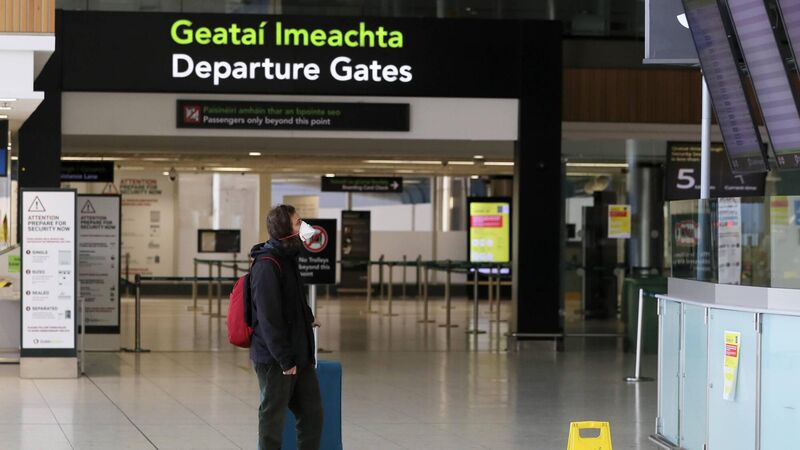Highest number of Irish nationals returning home since 2007, new figures show

A third of the 85,400 people immigrating to Ireland in the past year were returning Irish nationals, new CSO figures have revealed.
A third of the 85,400 people immigrating to Ireland in the past year were returning Irish nationals, new Central Statistics Office figures have revealed.
This was the highest number of returning Irish nationals since 2007.
The CSO figures also showed an increase in Ireland's ageing population, with 720,100 people aged over 65 years resident in Ireland in April of this year, a 14.3% increase since April 2016.
In April 2020, 644,400 non-Irish nationals were estimated to be resident in Ireland, accounting for 12.9% of the total population.
Overall, the population of the Republic of Ireland was estimated to be 4.98m in April 2020, a 1.1% increase compared to last year.
The number of immigrants coming into Ireland in the past 12 months was estimated to be 85,400, and the number of emigrants was 56,500, with 50% of these emigrants being Irish nationals. This resulted in net inward migration of 28,900 which was a 14.2% drop compared to the previous year.
According to the CSO, 35.6% of immigrants came from countries outside the EU, representing the majority at 30,400.
The next most common cohort among immigrants were the Irish, with 28,900 people returning to Ireland during the same period, with 700 more Irish women than men coming home.
Some 11,400 people came from the EU 15-27, which comprises Cyprus, Czech Republic, Estonia, Hungary, Latvia, Lithuania, Malta, Poland, Slovakia, Slovenia, Bulgaria, Romania, and Croatia.
Fewer came from the EU 14 (excluding Ireland), which are Austria, Belgium, Denmark, Finland, France, Germany, Greece, Italy, Luxembourg, Netherlands, Spain, Sweden, and Portugal. Only 9,200 people arrived from these countries.
As for the UK, 5,500 Britons arrived in Ireland during the past year, which was a decrease of around 2,000 people when compared to previous years.
The majority of people coming to Ireland were aged 25-44, with 48,300 belonging to that age group. The same age cohort represented the highest proportion of emigrants.
The majority of immigrants were highly educated, with 56,900 having a third level qualification. The second most common level of educational attainment was higher secondary and below, with 14,300 people having this type of education.
As for emigrants, a higher number of those with higher secondary level and below left Ireland, at 16,900. Some 26,300 people with a third level qualification left the country, the majority of these being women (15,400) as opposed to men (10,900).
The Dublin region also expanded the most in terms of population, increasing by 22,100, or 1.6%. The population of Dublin in April 2020 was estimated to be almost 1.42 million, equating to 28.5% of the total population of the country.
There were 58,300 births in the past 12 months, and 31,200 deaths. This resulted in a natural population increase of 27,100. This is the lowest level of natural increase recorded since the 2001 population estimates.
The statistics covered a period of 12 months to the end of April 2020.
Statistician James Hegarty said: "As much of the reference period predates the beginning of the Covid-19 pandemic, the impact on today’s figures is limited and the majority of the impact can be expected to be seen in the 12 months to April 2021."








